How tiny house stays became big business
Owners of minimalist cabins are maximising luxe touches to grow a booming accommodation niche.
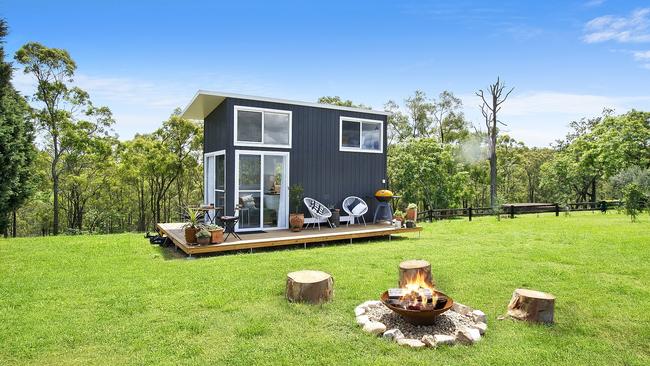
Tiny houses are generally built for two. That’s all very cosy, cute and romantic – until love goes wrong. “One of our biggest reasons for cancellations is breakups,” says Georgie Allen, marketing manager of In2thewild Tiny Holidays. She adds the pandemic has brought “a huge rise in tiny houses as gifting escapes – we’re talking anniversaries, proposals and honeymoons. We’re getting four to five proposals a month.”
The company, with more than 30 tiny home stays (and one glamping experience) across NSW, Victoria, Queensland and South Australia, is one of a growing number of providers in this category. In Western Australia, Tiny Cabins rapidly expanded from one tiny house, a half-hour drive east of Busselton, to a portfolio of five. All of these cleverly designed minimalist boltholes, usually located in serene rural settings, are attracting guests seeking a different kind of getaway. To be frank, some of these look like oversized outhouses on wheels, but others take the concept to stratospheric levels.
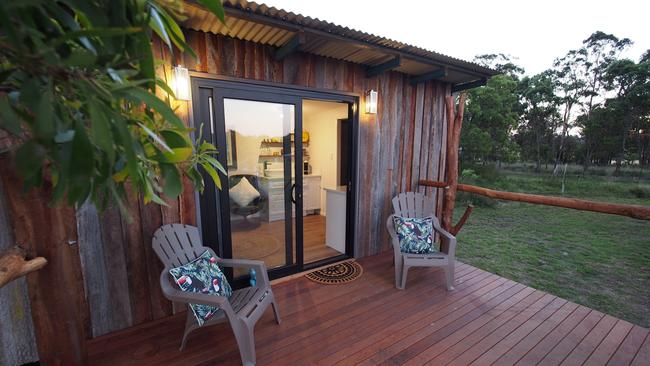
So what qualifies as a tiny house? The Australian Tiny House Association, which advocates for such accommodation as a desperately needed housing solution, says they come in many shapes and sizes. In Australia, that’s up to 50sq m while in the US, the cap is 37sq m. They’re self-contained when it comes to amenities and services but have the option to be grid-connected. Broadly speaking, there are three categories: on wheels (handy for relocation during bushfires or extreme weather), on skids (temporary beams or rails) or fashioned from a shipping container. And, in the case of the Straw House Tiny House in Queensland’s Granite Belt, converted from a 20-tonne wheat trailer.
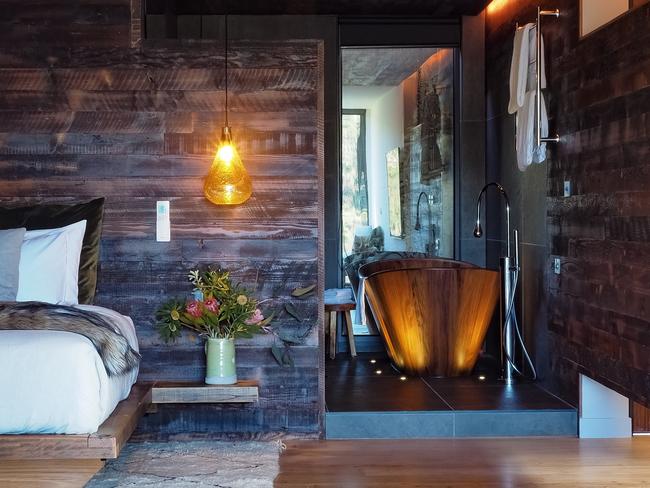
One mini-hotelier who’s taken shipping container accommodation to a whole new level is “glamtainer zealot” David Penman. On a former pine forest near Hepburn Springs in Victoria’s spa country, he’s stacked four shipping container “villas” (he also uses the term “hotel rooms”) so stunning that one, named Paris Villa, was voted Australia’s best in Stayz’s 2019 Holiday Home of the Year Awards. The interiors of the 50sq m rooms, overlooking a ravine, vary but their eye-popping features might include curvaceous Tasmanian timber baths, waterfall showers, vast expanses of glass, fireplaces, pinball machines, “monolithic” TVs, mood lighting, massage chairs and plenty of shag pile in a look Penman calls “homely haute couture”. Penman says, “We just like to up the ante.” And adds he has “a huge appetite for risk”. A lot of people use [shipping containers] to build cheap accommodation but we wanted to add a super-luxury twist.”
The tiny home stays are named after romantic cities (Paris Villa is joined by Rome, Venice and Vienna) and 95 per cent of the time are booked by women aged 24-45. “The guys don’t want to go but, once they get there, they love it,” Penman says.
Other tiny house operators are also lifting their luxe game. CABN, which opened its first tiny house in 2017, more recently launched premium brand CABN X . These two adults-only iterations, with indoor and outdoor baths, sauna, king bed and fireplace, are located near McLaren Vale south of Adelaide on biodynamic vineyard Gemtree Wines, which is also home to regular CABNs. As for the overall vibe, CABN CEO Michael Lamprell, says: “I want them all to feel like cubby houses.”
The houses might be small but competition is growing larger by the day. Unyoked, for example, collaborated with Hollywood heavyweight (and creative director of Wild Turkey) Matthew McConaughey on designing The Reserve, a tiny house in the NSW Central Coast hinterland. Stays include a bottle of Longbranch, the actor’s “personal bourbon”. Unyoked has more than 30 tiny houses located within a few hours’ drive of population hubs (search by clicking Sydney, Melbourne, Brisbane, Byron Hinterland or Canberra, and discover a home that is, for example, two hours “west-ish” of these locations). CABN’s Lamprell agrees that a tiny home’s location is all-important. “People want to be secluded but they also want to be able to drive 20 minutes to get an espresso,” he says.
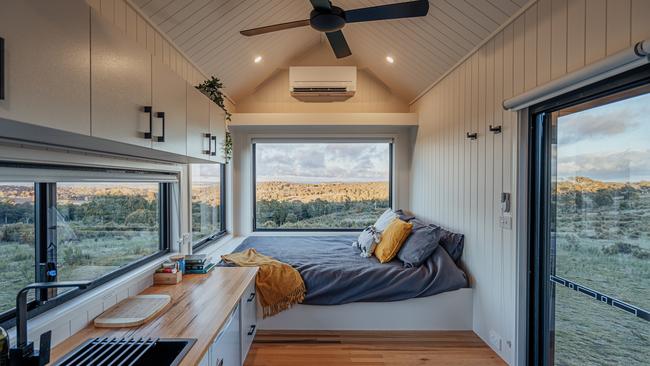
Guests might still want barista-brewed caffeine but they’re also looking to disconnect from devices and reconnect with nature and each other. In2theWild’s Georgie Allen says: “What we’re leaning into now is the realisation that, as much as we’re a travel company, we’re kind of selling ecotherapy. It’s a wilderness experience.”
Being out and about in Australia’s great outdoors was certainly a big attraction for three Singapore friends who set up Tiny Away, which offers more than 70 tiny home stays across four Australian states. Co-founder Jeff Yeo says between him, Adrian Chia and Dave Ng, they have 10 children and “we loved the concept that kids can interact with nature, run about freely, see the animals and stuff like that”. Squeezing a sizeable family into a tiny house, though, doesn’t sound that relaxing. “The little ones really enjoyed the experience because it’s something they will never get to go through in Singapore where it is, in most parts, a concrete jungle,” adds Yeo, who‘s obsessed with Australian beef and says all their tiny houses include a barbecue.
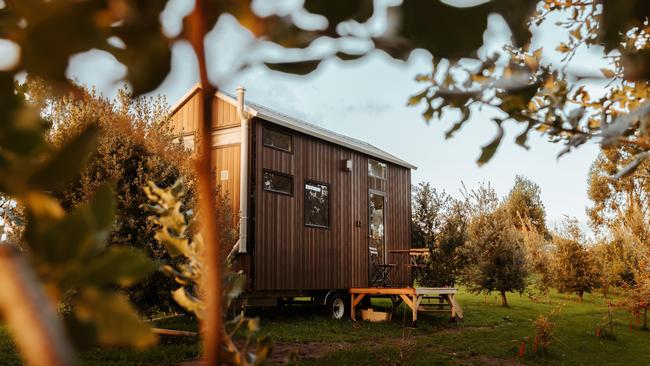
While Yeo and his partners didn’t expect Tiny Away to grow so quickly, they were inundated with interest from rural landholders keen to tap into another source of income, not only from overnight stays but sometimes through offering paid activities. While many guests of tiny houses never encounter their host, Tiny Away’s hosts offer activities that range from boating on the Williams River at Port Stephens in NSW to horseriding within view of Grampians National Park. At Canowindra in the NSW Central West, you can even stay on a farm that doubles as a hot-air ballooning base.
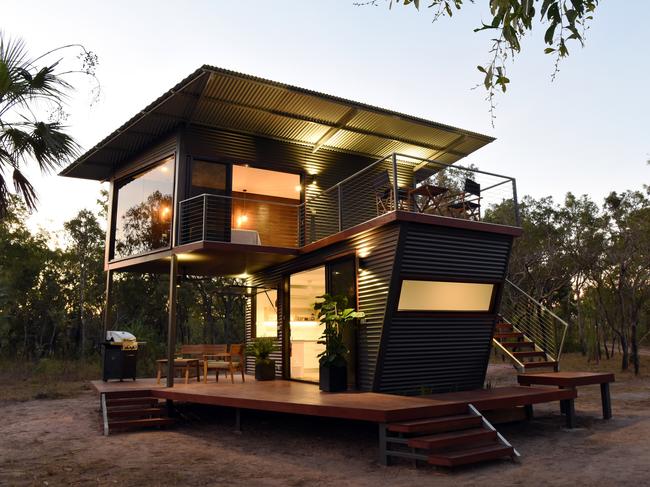
In Victoria, The Grove Gippsland opened a Tiny Away house, Little Acorn, in April that’s within sight of its restaurant. Events manager Sarah Oliver says guests can dine at the restaurant (or order a date-night pack when it’s shut), picnic overlooking a dam and wander the property to see sculptures and chickens. “But the 360-degree views are the biggest selling point for us … It feels like you’re in the middle of nowhere, but you’re not,” she says. The Grove hopes to open another tiny house soon, and expansion is a common theme among operators in this sphere. CABN is planning a multi-cabin development at Seppeltsfield in the Barossa and eco-CABNs along the 102km Cooloola Great Walk through Queensland’s Great Sandy National Park, and Hideaway Litchfield in the NT has just added a third cabin fashioned from shipping containers. Penman’s many plans include turning a Lodekka bus into super-high-end mobile accommodation. As the saying goes, watch this (not so tiny) space.
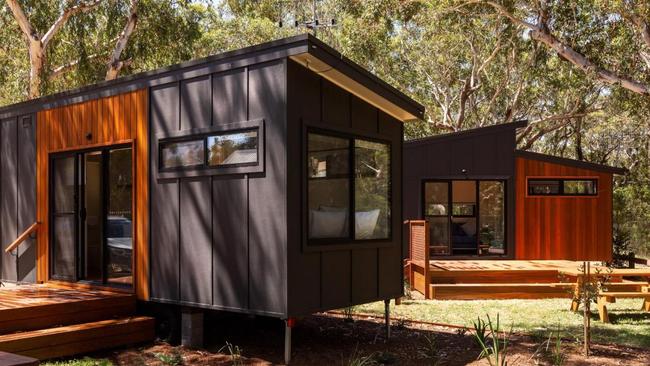
More to the story
What’s the difference between a cabin and a tiny house? Not that much, but enough to cause a rush at two.
Reflections Holiday Parks in NSW, a collection of 37 holiday parks on Crown land stretching from Eden to Brunswick Heads, installed three tiny houses at its Moonee Beach holiday park near Coffs Harbour and two at Jimmys Beach at Hawks Nest near Newcastle a year ago, after noting the popularity of this style of accommodation in the US. Operations executive manager Cameron Tynan says of the initiative, “They’ve actually been the highest-occupancy type.”
Their popularity, he says, is a combination of novelty factor, location (tucked away from high-traffic thoroughfares in tranquil bush settings) and “that desire for a minimalist experience”. Each park’s tiny houses differ slightly after Reflections took on board guest feedback about the importance of a large adjoining deck and outdoor furniture. One early house didn’t have a bathroom exhaust fan (making it steamy for all the wrong reasons). Plans are afoot to roll out more tiny houses to other parks and install clear-roofed domes at inland parks, joining other innovations such as permanent on-site caravans with decks (three Jaycos at Seal Rocks; two Airstreams at Clarkes Beach, Byron Bay). Says Tynan, “There’s a market looking for a more sophisticated experience.”
reflectionsholidayparks.com.au
This article was originally published in August 2021 and has since been updated.

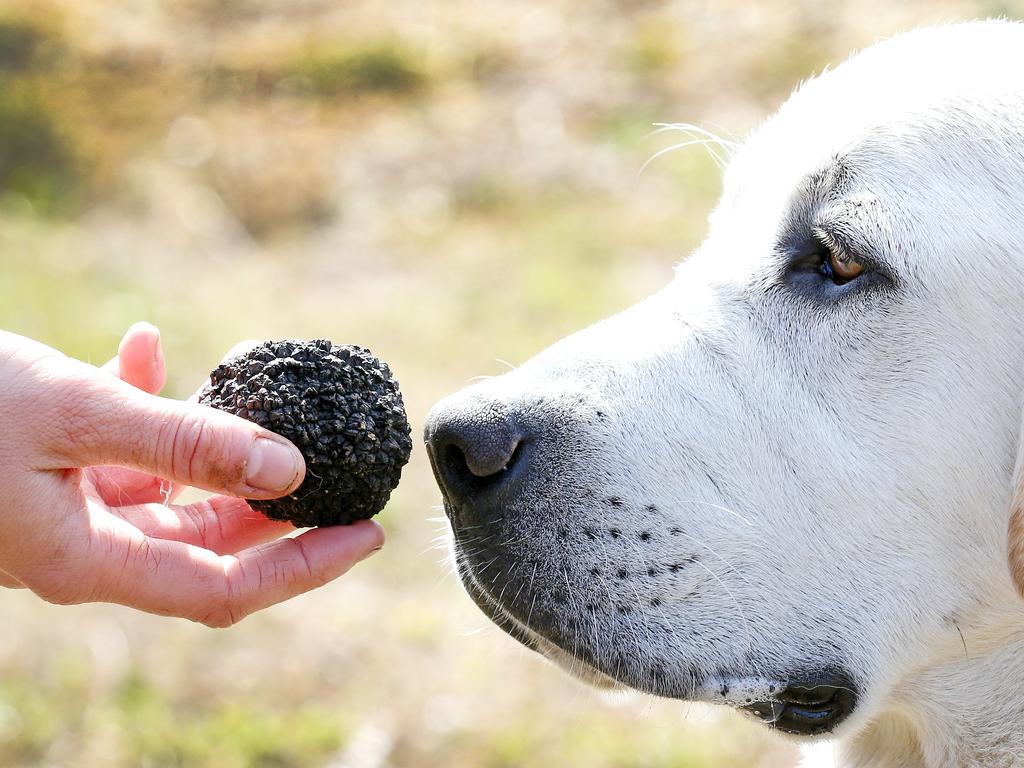
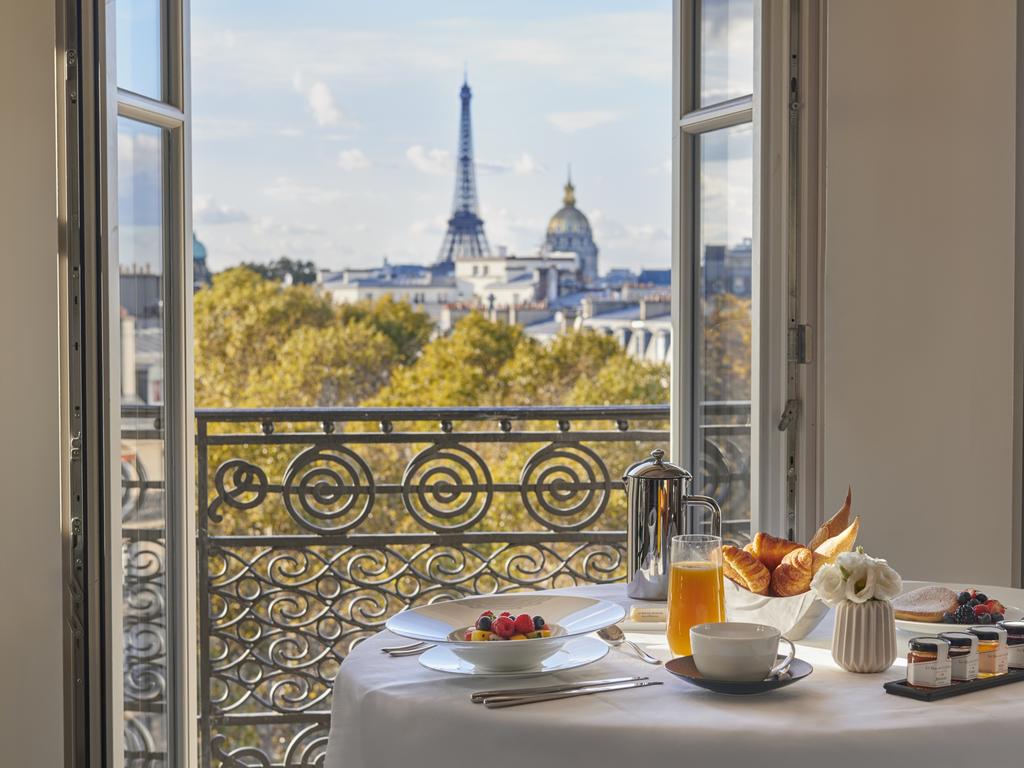

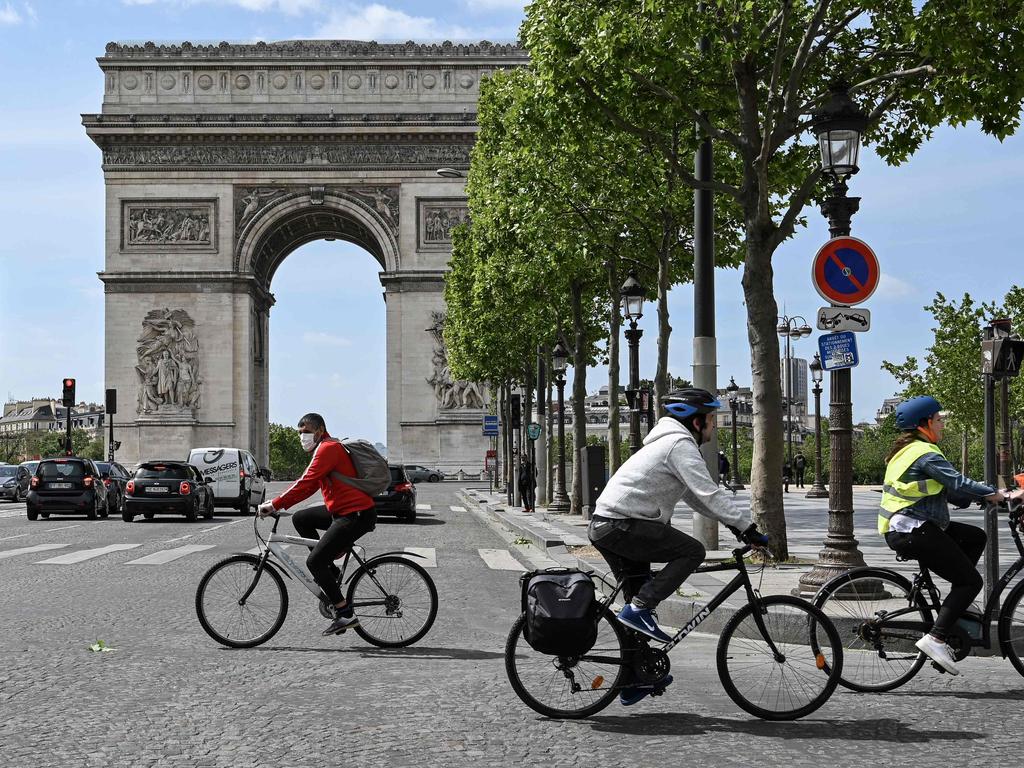
To join the conversation, please log in. Don't have an account? Register
Join the conversation, you are commenting as Logout